
Legendary photographer Gordon Parks, who would have been 100 today, was a master of contradictions. His fashion photography captured the beauty and opulence of the 1940s and ’50s elite with carefully orchestrated framing and composition. On the other hand, Parks was renowned for his stirring images of poverty and racial discrimination, which were inescapable aspects of the time period. Parks’ ability to seamlessly transition from the slums of Chicago’s South Side to the sets of French fashion shoots not only demonstrated his wide-ranging scope of talent, but also his knack for coercing even the most private subjects to pose in front of his lens.
Looking back on Parks’ diverse and expansive catalog of creative works — including countless photo collections; popular films like Shaft and The Super Cops; three memoirs and an autobiographical novel, The Learning Tree; several books of poetry; a ballet (Martin, dedicated to Martin Luther King, Jr.); and musical compositions — it seems possible that the artist lived several lifetimes, instead of just 93 years (he passed away in 2006). Metaphorically, he did, climbing his way from a life of poverty to that of success.
(MORE: Gordon Parks on poverty’s dire toll)
Parks was the youngest of 15 brothers and sisters, born on Nov. 30, 1912, in Fort Scott, Kan. The son of a tenant farmer, he attended a segregated elementary school and was told by a teacher that he should let go of his dreams of higher education. When Parks was 14, his mother died and he was sent to Saint Paul, Minn., to live with family. Shortly thereafter, he found himself turned out on the streets, learning to survive on his own, while facing discrimination and poverty at every turn.
Parks worked odd jobs to get by. He was a piano player in a Minnesota brothel, as well as a busboy and waiter. In 1938, he was inspired to take up photography after seeing images in a discarded magazine. He bought his first camera at a pawn shop, and within months his pictures were exhibited in Minneapolis. His success as a photographer only blossomed from there.
After moving to Chicago, Parks began to produce society and fashion photographs, while also pursuing his passion of documenting the lives of African Americans. He told an interviewer in 1999, “I saw that the camera could be a weapon against poverty, against racism, against all sorts of social wrongs. I knew at that point I had to have a camera.” Indeed, his most famous images from this time were from a series documenting Chicago’s black ghetto — a collection that earned him a fellowship with the Farm Security Administration and catapulted his career.
Parks’ talent eventually led him to New York City, where, despite the racial prejudice of the time, he was hired by Vogue’s Alexander Liberman to shoot a collection of evening gowns. He continued to freelance for Vogue for several years, developing a unique style that was realistic, romantic and full of movement. In 1948, Parks was hired as the first African-American staff photographer and writer for LIFE, where he produced works on subjects ranging from fashion and sports to poverty and racial discrimination. He remained at the magazine for 23 years, becoming one of the title’s most popular and influential photographers.
There is an ease to Parks’ images that showcases his affability and unique perspective. Despite the hardships that many blacks endured during the time, Parks’ opportunities gave him leave to create both images of undeniable beauty — as seen here, in these rare fashion photographs from LIFE — and concrete social importance.
PHOTOS: Field of Vision: The Early Works of Gordon Parks


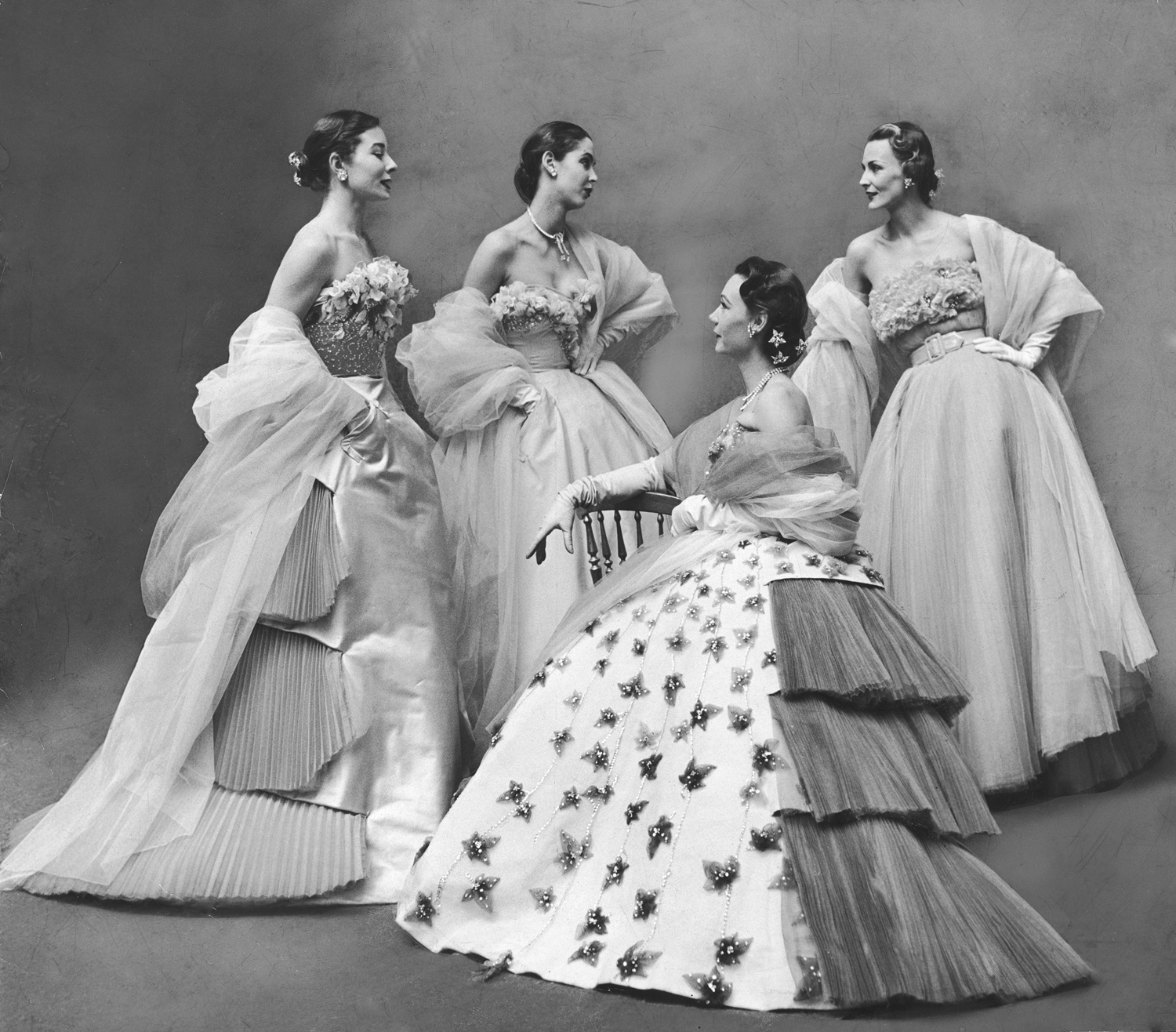
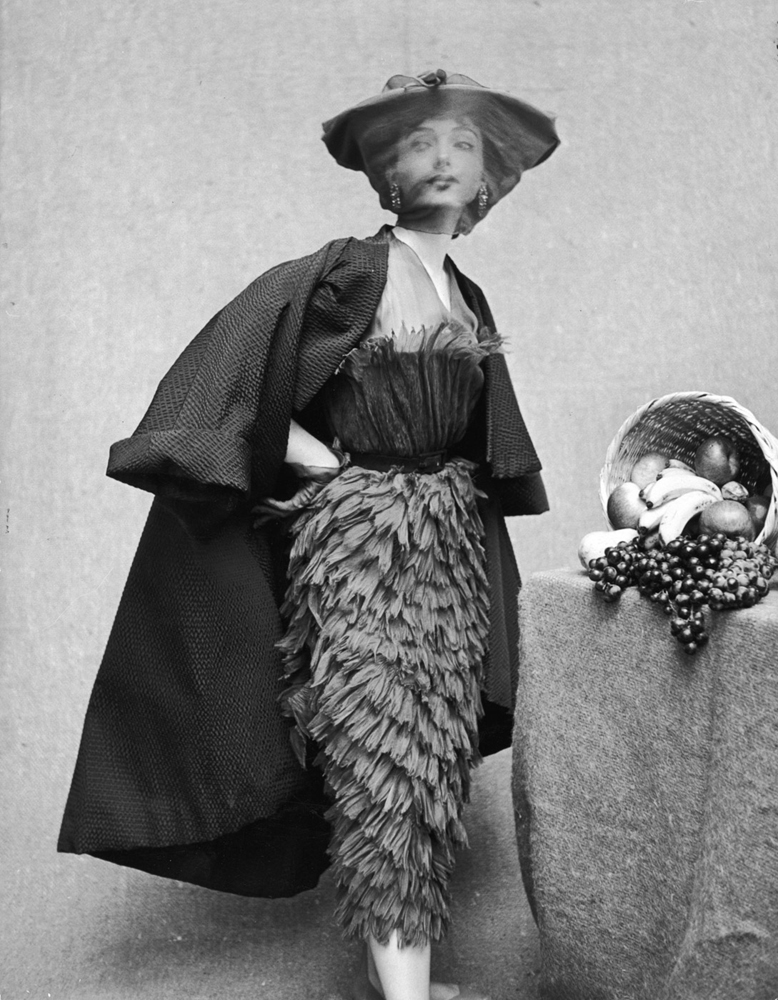

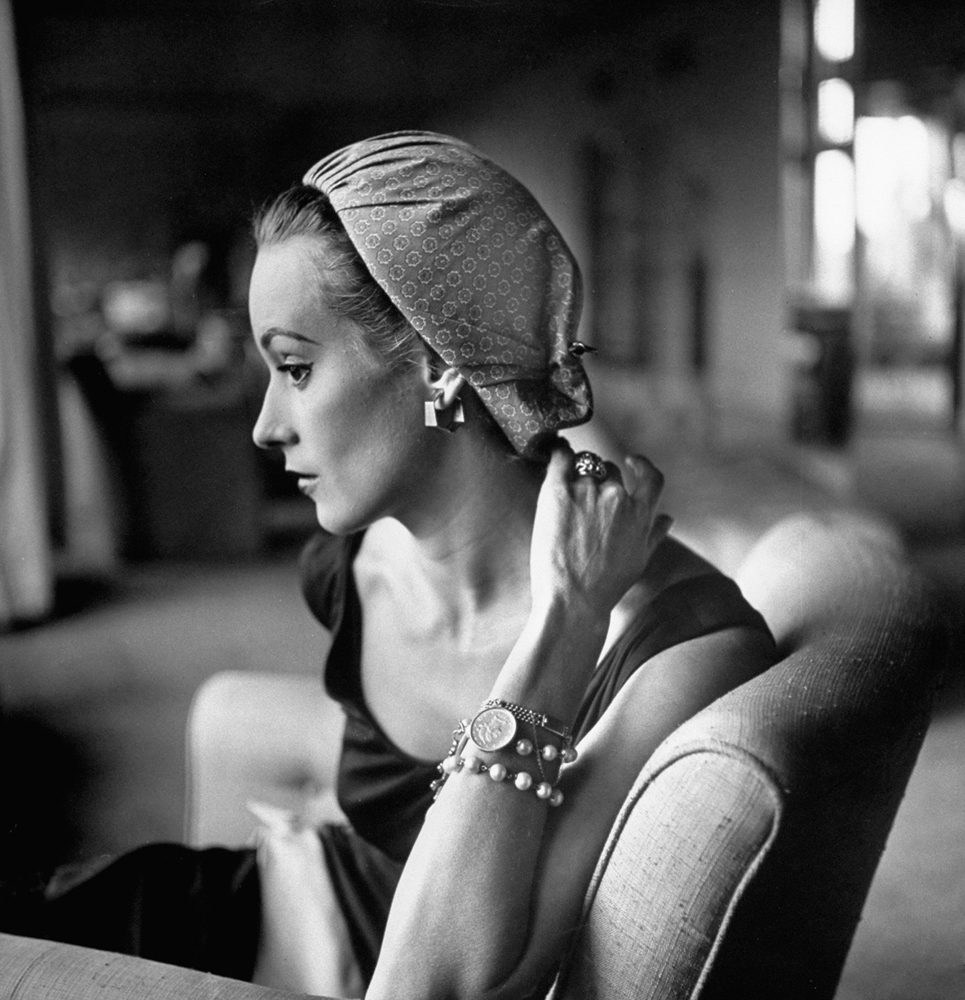


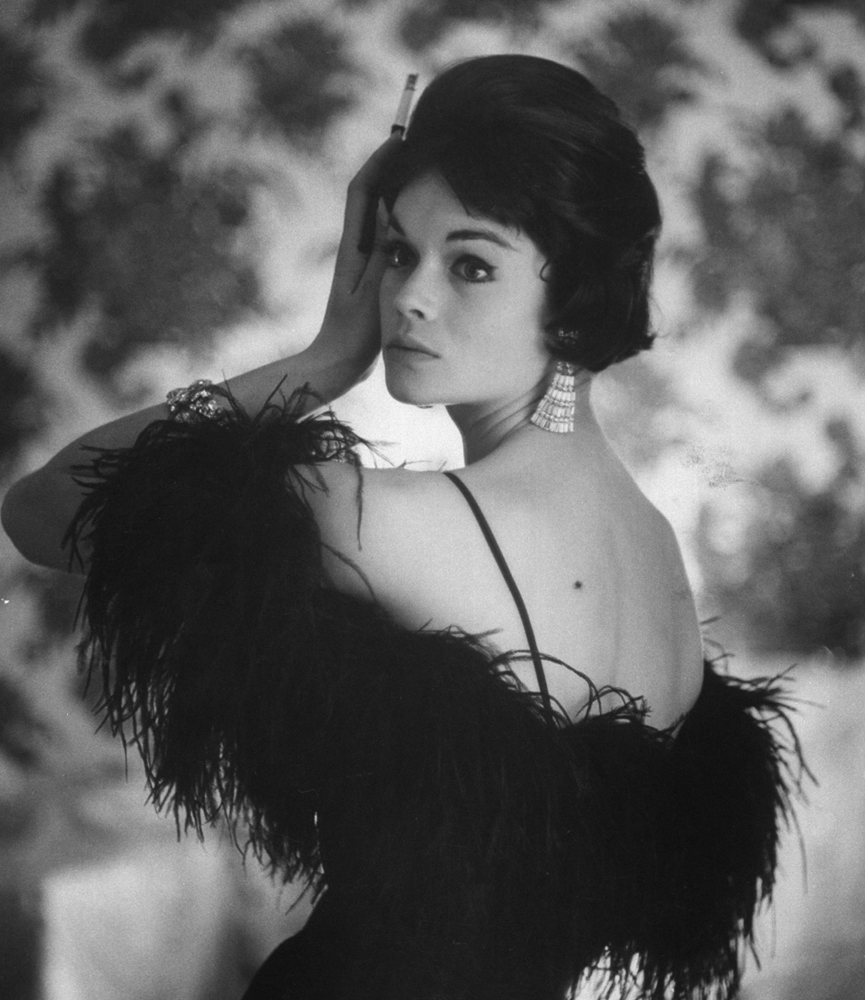
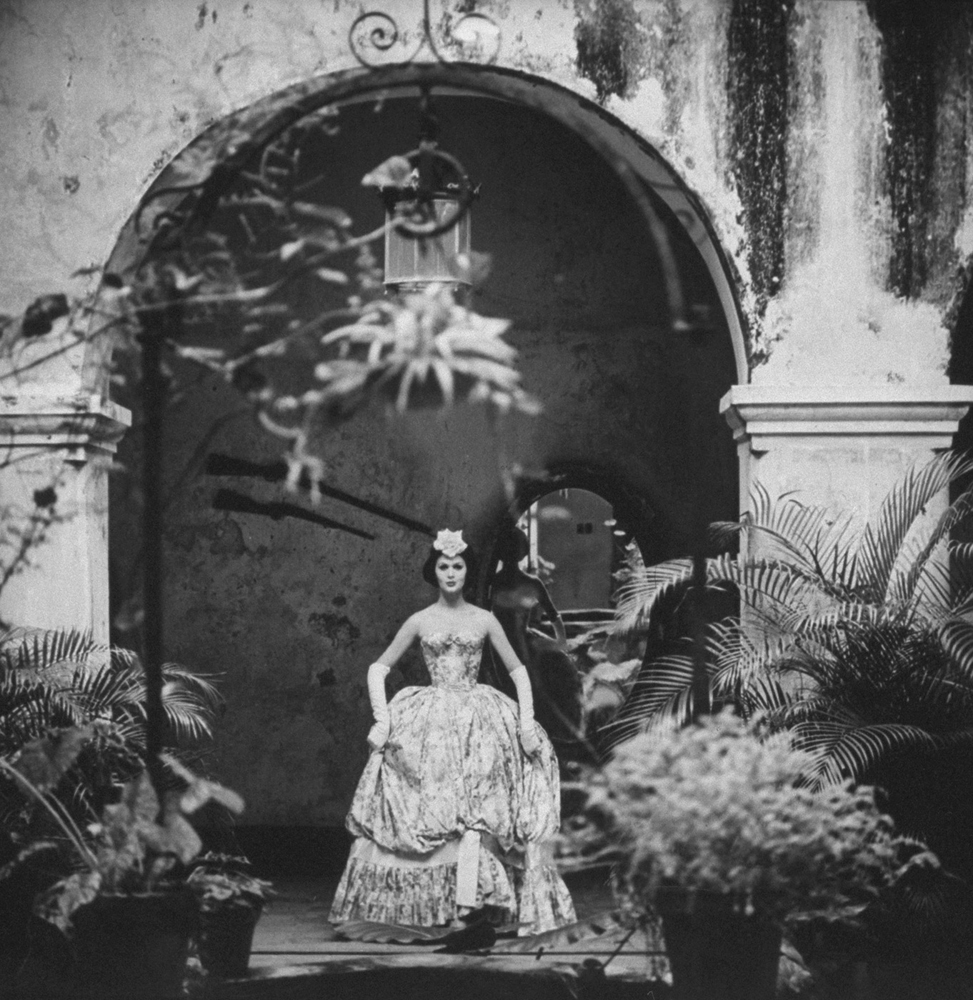
More Must-Reads from TIME
- Cybersecurity Experts Are Sounding the Alarm on DOGE
- Meet the 2025 Women of the Year
- The Harsh Truth About Disability Inclusion
- Why Do More Young Adults Have Cancer?
- Colman Domingo Leads With Radical Love
- How to Get Better at Doing Things Alone
- Michelle Zauner Stares Down the Darkness
Contact us at letters@time.com